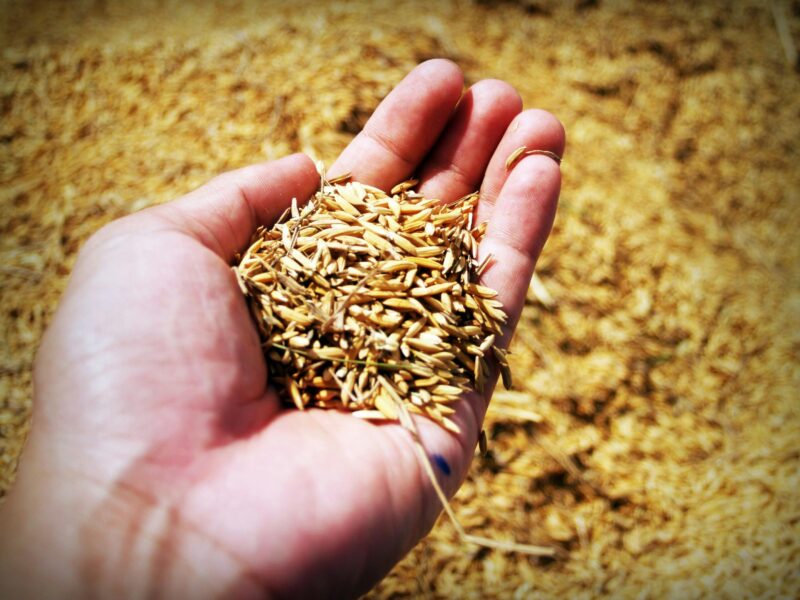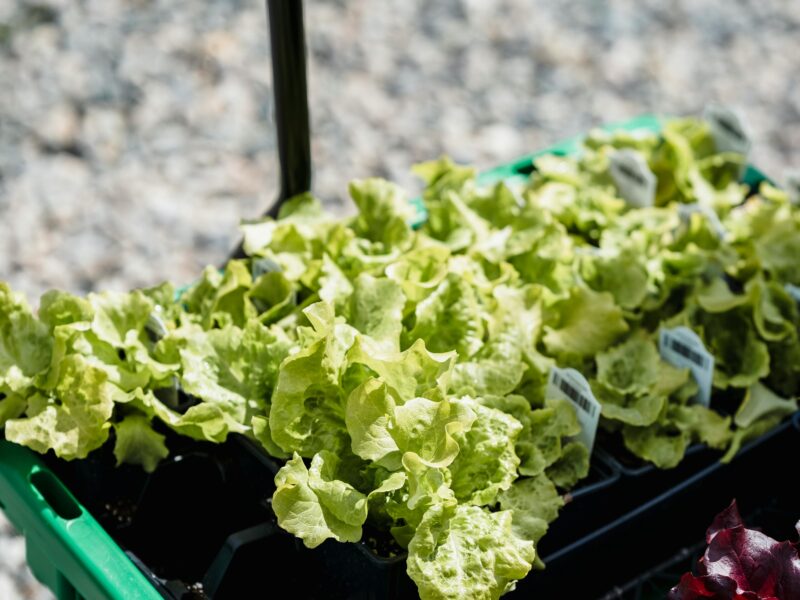The best potting mix for container gardening is a well-draining blend of peat moss, perlite, and compost. This mix ensures optimal water retention and nutrient supply.
Container gardening requires a specialized potting mix. Regular garden soil is too dense for pots. A good potting mix should be lightweight and well-draining. It should also retain moisture without becoming waterlogged. Peat moss provides the base, offering excellent moisture retention.
Perlite improves aeration and drainage, preventing root rot. Compost adds essential nutrients, promoting healthy plant growth. Choosing the right potting mix can make a significant difference in the success of your container garden. Ensure your plants thrive by selecting a high-quality, balanced blend tailored to their needs.
Cultivating A Green Thumb
Containers come in many shapes and sizes. Pick the right one for your plant. Plastic pots are lightweight and affordable. Clay pots are heavier but look pretty. Metal containers can get very hot in the sun. Make sure the container has drainage holes. This helps to prevent water from sitting at the bottom. Waterlogged soil can harm plant roots. Consider using a saucer to catch excess water.
Plants need different things to grow well. Light is very important. Some plants need a lot of light. Others prefer the shade. Water needs can also vary. Some plants like dry soil. Others need it to stay moist. Soil type is crucial too. Use a potting mix that suits your plant. Fertilizer helps plants grow strong. Add it as needed. Watch your plants and learn what they like.
Essentials Of Potting Mix
A good potting mix has several key ingredients. Peat moss helps retain moisture. Perlite improves drainage and aeration. Compost adds vital nutrients. Coconut coir is a great alternative to peat moss. Vermiculite also helps with water retention. Bark chips enhance soil structure. These ingredients create a healthy environment for plants.
Soil structure affects plant health. Loose soil allows roots to grow easily. Good structure helps with water drainage. It also ensures air reaches the roots. Soil should not be too compact. Compact soil can suffocate plant roots. Organic matter helps improve soil structure. It adds nutrients and retains moisture. Proper soil structure is crucial for container gardening.
Commercial Vs. Homemade Mixes
Discover the best potting mix for container gardening with a comparison of commercial vs. homemade mixes. Commercial mixes offer convenience and consistency, while homemade blends allow customization. Choose based on your specific gardening needs and plant preferences.
Pros And Cons
Commercial mixes are convenient and ready-to-use. They often contain balanced nutrients. Homemade mixes allow for customization. You can control the ingredients.
Some commercial mixes can be expensive. Homemade mixes can be time-consuming to prepare. Commercial mixes are often sterile. Homemade mixes can have pests or diseases.
Cost-effectiveness
Commercial mixes can be pricey. They save time and effort. Homemade mixes are cheaper. They require more work and materials.
Bulk buying commercial mixes can reduce costs. Homemade mixes need gardening knowledge.
Key Components Of A Lush Potting Mix
Organic matter is essential for a healthy potting mix. It provides nutrients to plants. Common organic materials include peat moss, compost, and aged bark. These materials improve the soil structure. They help roots grow strong and healthy. Organic matter also helps with water retention. A good mix will have a balance of organic and inorganic materials.
Water retention and drainage are crucial for container gardening. Good potting mix should hold water but not become soggy. Perlite and vermiculite are great for this purpose. They help the soil drain well while keeping it moist. This balance prevents root rot and promotes healthy growth. Always check your potting mix for these components.
Nutrient Management In Containers
Slow-release nutrients are great for container gardening. These nutrients provide a steady supply of food. Plants get what they need without frequent feeding. Slow-release fertilizers come in pellets or granules. They release nutrients over time. This helps avoid nutrient burns. It also reduces the risk of over-fertilizing.
Mix slow-release fertilizers into the potting soil. This ensures even distribution. Water the soil to activate the nutrients. Check the fertilizer package for specific instructions. Follow the recommended amounts. Too much fertilizer can harm plants. Use slow-release nutrients to keep plants healthy and strong.
Specialized Mixes For Different Plants
Succulents and cacti need a well-draining potting mix. Use a mix with sand, perlite, and gravel. This helps prevent root rot. Always choose a cactus or succulent mix from the store. These mixes are specially made for these plants.
Orchids need a special potting mix. Use a mix with bark, charcoal, and sphagnum moss. This mix helps orchids grow better. Tropical plants need a mix with peat, compost, and perlite. This keeps the soil moist and well-drained. Choose the right mix for happy plants.
Troubleshooting Common Potting Problems
Too much water can harm plants. Roots need air to grow well. Waterlogged soil stops air from reaching roots. This can lead to root rot. Check soil moisture before watering. Stick your finger in the soil. If it’s wet, wait to water. Use pots with drainage holes. This helps excess water escape.
Pests can damage plants quickly. Look for small bugs on leaves and stems. Use a magnifying glass to see them better. Remove pests by hand if possible. Soap and water sprays can help. Keep plants healthy to resist pests. Clean leaves and check pots often. Healthy plants fight pests better.
Eco-friendly And Sustainable Practices
Recycled materials help reduce waste. Use old containers for new plants. Turn kitchen scraps into compost. This adds nutrients to the soil. Save money and help the planet.
Organic options are safe for plants and people. Choose local products to support nearby businesses. Local options often have fewer chemicals. They are fresher and better for the environment. Using organic and local choices can make your garden thrive.
Advanced Tips For Container Gardening
Layering helps plants thrive in containers. Start with a layer of small rocks. This improves drainage. Then, add a layer of coarse sand. It prevents soil compaction. Next, mix potting soil with compost. This ensures nutrients reach the roots. Finally, top with mulch. Mulch keeps moisture in and weeds out. These layers work together for healthy plants.
Seasons change, so do your plant’s needs. In spring, use a mix rich in nutrients. Plants grow quickly now. Summer heat dries out soil fast. Add more organic matter to retain moisture. Fall is cooler, so reduce watering frequency. Winter needs special care. Move containers indoors if possible. For outdoor containers, insulate them. Protect roots from freezing.
Transforming Your Space With Container Gardens
Choose containers that fit your space. Match colors and styles with your home. Arrange pots in groups for a stunning look. Mix sizes for a dynamic display. Ensure good drainage to keep plants healthy.
Use tall plants to draw the eye. Place bright flowers in the center. Add unique pots for interest. Include ornaments like statues or stones. Arrange low plants around the edges.
Choosing the best potting mix for container gardening ensures healthy plants and vibrant blooms. Quality soil enhances growth and reduces plant stress. Remember to consider drainage, nutrients, and plant type when selecting your mix. Happy gardening and may your containers thrive with lush, beautiful plants!


